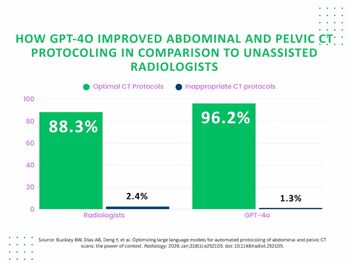
Data for pediatric radiation dose scarce but solutions available, expert says
Much is known about dose reduction and adult patients, but what about kids? The literature is scant, but that doesn’t mean solutions don’t exist, according to a presenter at the International Society for Computed Tomography conference May 21.
Much is known about dose reduction and adult patients, but what about kids? The literature is scant, but that doesn’t mean solutions don’t exist, according to a presenter at the International Society for Computed Tomography conference May 21.
The data on dose reduction is valid for adults and out of date for children, said Willi Kalender, Ph.D., director of the Institute of Medical Physics at the University of Erlangen in Erlangen, Germany.
For instance, the only established values for children, published by Shrimpton in 2004, did not take wide area detectors and overscanning effects into account.
Also, most dose calculations are based on phantoms, but the dose is higher for smaller body sizes, Kalender said.
“Dose estimates depend on conversion factors and have to be revisited,” he said.
Even though there are not a lot of data for pediatric patients, options to reduce radiation dose are still available. Kalender suggests:
- Modulating tube current
- Using automated exposure control
- Eliminating z-overscanning effects
- Optimizing choice of tube voltage and filtration
- Employing high-pitch dual-source CT
- Activating iterative image reconstruction
- Utilizing dedicated pre- and postreconstruction filters
- Using new detector solutions
He also emphasized the importance of lower kV values for contrast exams.
While dose values cannot be determined accurately for children, the magnitude can be estimated reliably, depending on the manufacturer, Kalender said. Radiologists can use the dose calculation tool found on modern scanners. The tool will create a number based on the standard person but the radiologist can estimate the radiation effects on a child.
Newsletter
Stay at the forefront of radiology with the Diagnostic Imaging newsletter, delivering the latest news, clinical insights, and imaging advancements for today’s radiologists.




























